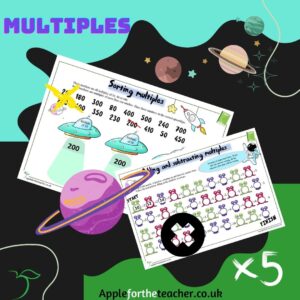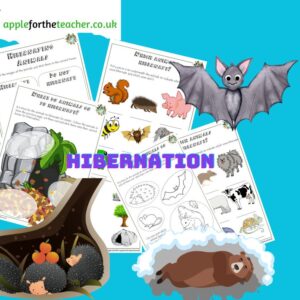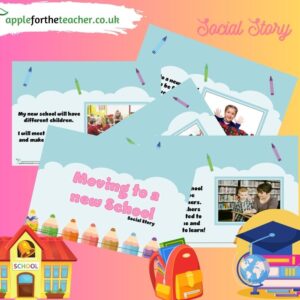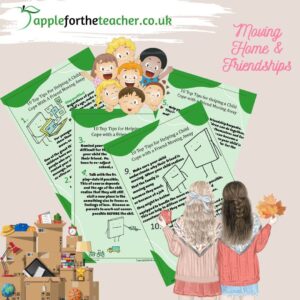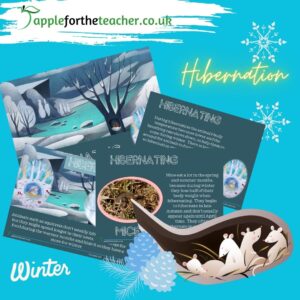Mindfulness for today’s young learners
Children are feeling more pressure than ever before. My own teaching practice has highlighted that pressures from school can cause a lot of anxiety and result in low confidence and self-esteem. Many children also have a lot of homework, or they go to after school clubs, making slowing down something that they just don’t get time to do.
Some children may also have issues to deal with in their home lives which create feelings of insecurity or confusion.
There is also the video gaming issues, the use of Ipads, phones and P.C’s for playing games, which takes children away from communicating with other people. It is thought that this can also hinder their social skills or ability to really talk to others, making them socially isolated. Children do need to gain an understanding of their own feelings and to recognise that it is ok to feel different sometimes.
With this in mind, it is important that children are taught about their feelings and emotions to give them a deeper understanding of why they feel the way they do, at young ages. They also need to be shown a range of self-help strategies and calming techniques, to help them to manage their stress levels during their childhood and into adulthood.
This is where mindfulness can help.
Mindfulness helps all of us to focus on the present. The here and now. When we feel stressed, we are often thinking more about the past or the future, than what is actually happening right now, in this very moment. When we use mindfulness techniques, it helps us to remain focused on the present time. Easing the worry about what has already gone and what might or might not happen in the future.
To help children to manage this, we have put together some tried and tested strategies which we have found have helped in supporting the teaching and learning of this important area of education.
Breathing
Whilst this does sound really obvious, the idea is to get children to really focus on their breathing and nothing else. Breathing in for 2 seconds and then exhaling for 4 seconds. Repeat this, then encourage children to find their own natural rhythm.
Squeezing
Children can lie on the floor facing the ceiling. Begin by squeezing/tensing their muscles in the feet and legs. Holding this for 5 seconds, then releasing. Then squeeze their thighs and knees, holding this for another 5 seconds then release. Do this in stages moving upwards to the different parts of the body, ending with the head/face.
Pause and Listen
Take time to pause and use your senses. Stop what you are doing and just listen to your surroundings. What sounds can you hear? Can you smell anything? Go for a sensory walk outside around the grounds. Count to 10 then stop, look and listen. Discuss with a partner what you can see. Everyone listen for a few seconds. Discuss what can be heard. Then walk again and count to 20. Repeat the sensory activities, whilst counting up in tens before stopping to look and listen (extending the time by another ten each time)
Feeling and Emotions
Promote through displays and activities that it is ok to sometimes feel not ok. Use feelings and emotions cards to help to explain different emotions, to give reassurance that they will fade. Use strategies to help children to self-manage their feelings such as sensory activities or support cards.
Mindfulness Stories
Special Mindfulness stories and poems are a great way to help children to relax and find a place of calm. Children can learn to use their imagination and build on their senses to imagine a place which is their safe haven. An adult can talk through the story and encourage children to think about being in that place, giving ideas and prompts to help children to think about the story being told.
Yoga
There are a lot of Yoga type poses which can be done with children to encourage them to concentrate on the present moment. Using different stretches and poses to help to balance breathing and a calmness in the mind and body. These are worth trying out. The Volcano is a favourite of ours.
Rapid Exercise
Rapid short bursts of exercise like jogging, riding a bike, trampolining, walking or running can really help to create positive energy. When stopping the exercise, children can put their hand on their heart to feel how their body is changing as it begins to calm down.
Group support
Using praise and positive feedback is also great for creating a positive environment. Within a class of learners in a special needs setting, we encouraged children to communicate what they had enjoyed or were proud of during their morning or afternoon, every day. They could show the work they were proud of and tell us about it. (But only if they felt ok to do so). The other children in the class observed the adults, as role models in their reactions and listened to the positive feedback. This had a huge impact on the learners, they quickly became very enthused to do the best they could and be not only proud of themselves but of each other. It was the most heart-warming feeling of a very supportive class community, not only from adults to learners but also from peer to peer.



